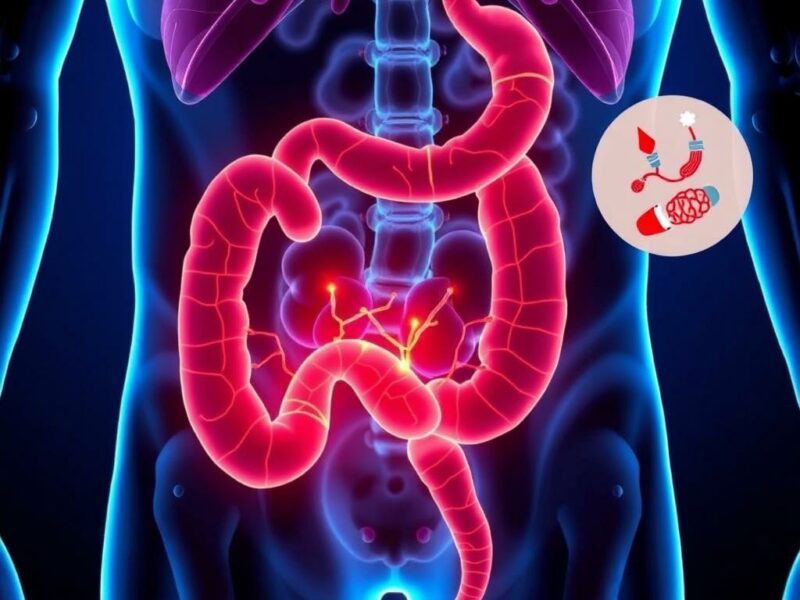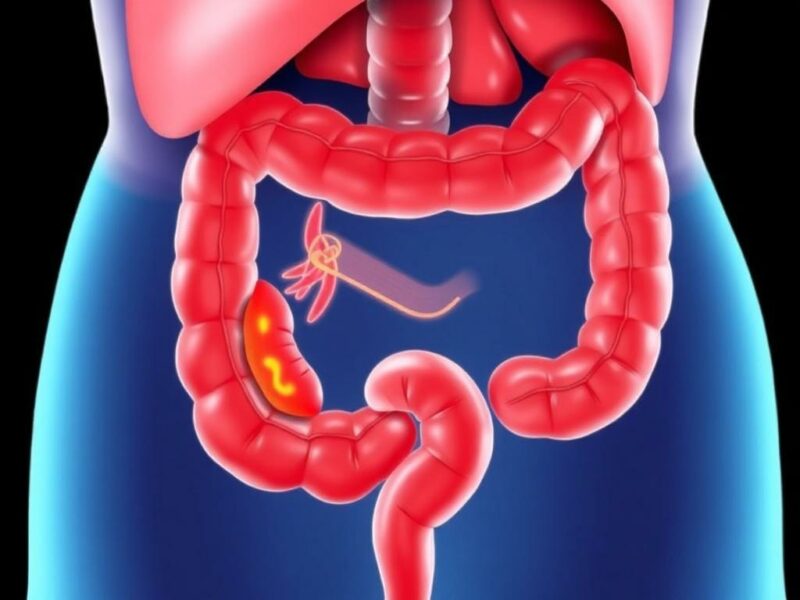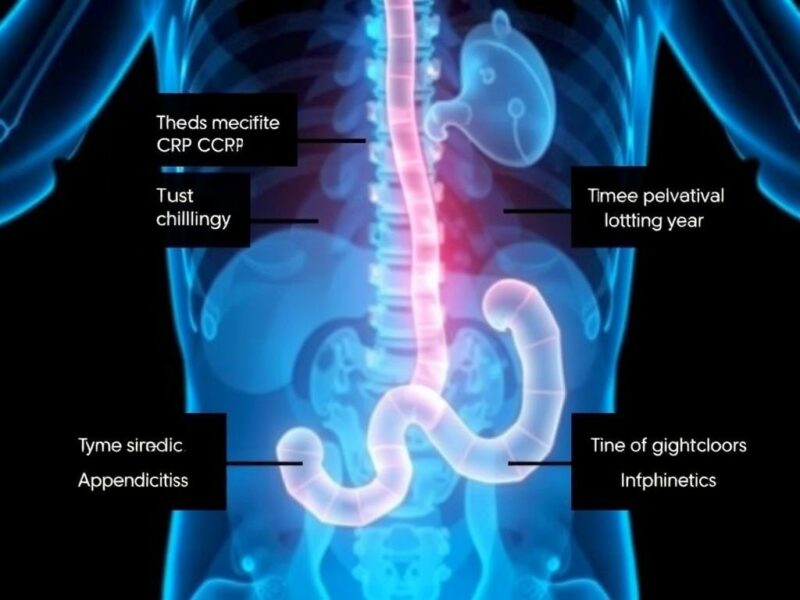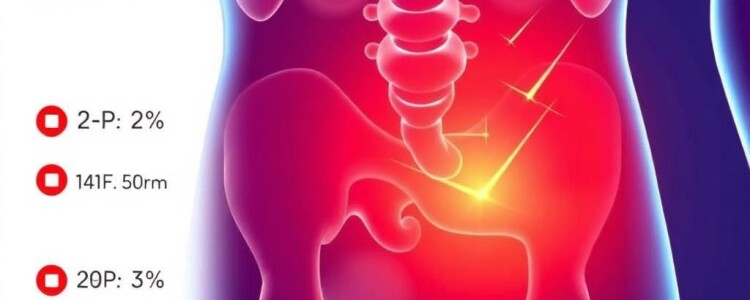When it comes to diagnosing appendicitis, one of the key markers that physicians look at is the level of C-reactive protein (CRP) in the blood. Appendicitis, an inflammation of the appendix, can be a pressing medical emergency and understanding the role of CRP levels can help both patients and healthcare providers navigate this condition more effectively. But what exactly are CRP levels? How do they relate to appendicitis? And why does measuring them matter? In this article, we will delve deep into the science and the clinical relevance of CRP levels in appendicitis. By the end, you’ll not only understand the biological connection but also how this knowledge plays a crucial role in diagnosis and treatment decisions. So, let’s start by unpacking what CRP really is.
What is CRP and How Does It Connect to Appendicitis?

C-reactive protein (CRP) is a substance produced by the liver in response to inflammation. Whenever your body encounters an infection or injury, CRP levels typically rise, acting like an alarm system that signals your immune system to take action. In the case of appendicitis, where the appendix becomes inflamed, bacterial infection often triggers this inflammatory response. As a result, CRP levels in the bloodstream spike in response to the body’s struggle to fight off this localized infection.
The connection between CRP levels and appendicitis is valuable because while appendicitis can sometimes be clear-cut based on symptoms alone, other cases are less obvious. Abdominal pain can stem from several causes, and differentiating appendicitis from other conditions like gastroenteritis or ovarian cysts requires more than just clinical intuition. Measuring CRP levels offers a quantifiable marker that supports the diagnosis.
Research has shown that patients with appendicitis generally have higher CRP levels compared to those with other causes of abdominal pain. However, CRP is not a standalone diagnostic tool—it’s part of a broader examination including symptoms, physical exam, and imaging studies. Let’s explore how CRP values are used alongside other tests in clinical practice.
Interpreting CRP Levels in Appendicitis Diagnosis

When you get a blood test to check CRP levels during an evaluation for suspected appendicitis, what do the numbers mean? Typically, CRP levels are measured in milligrams per liter (mg/L). Normal CRP levels in a healthy individual are usually below 10 mg/L, but these can vary slightly depending on the lab.
In appendicitis, elevated CRP levels—often above 10-20 mg/L—indicate an ongoing inflammatory process. Here’s a simple overview of what different CRP values may suggest:
| CRP Level (mg/L) | Interpretation |
|---|---|
| Less than 10 | Normal or low inflammation – appendicitis less likely |
| 10 – 50 | Mild to moderate inflammation – appendicitis possible |
| More than 50 | Severe inflammation – likely appendicitis or complication like perforation |
However, it’s important to understand that early in the disease process, CRP may still be normal because enough time hasn’t elapsed for the protein to increase. Typically, CRP starts rising about 6 to 12 hours after inflammation begins and peaks around 48 hours.
To sum up, CRP serves as a valuable marker that strengthens the suspicion of appendicitis when elevated but should always be interpreted in conjunction with symptoms such as right lower quadrant abdominal pain, nausea, vomiting, and fever.
The Role of CRP in Differentiating Appendicitis from Other Causes of Abdominal Pain
One of the challenges doctors face is differentiating appendicitis from other causes of abdominal pain, particularly in emergency settings. Conditions like gastroenteritis, urinary tract infections, or pelvic inflammatory disease can mimic appendicitis symptoms. The use of CRP levels can provide additional clues.
Let’s look at the typical inflammatory response in different conditions:
- Appendicitis: CRP levels tend to be elevated significantly, often above 20 mg/L as inflammation progresses.
- Gastroenteritis: CRP may rise mildly, but often remains below 20 mg/L since the inflammation is more diffuse.
- Urinary Tract Infection (UTI): Can have elevated CRP, but symptoms and urinalysis help distinguish.
This is not always definitive, but higher CRP values combined with clinical suspicion typically point more strongly towards appendicitis.
How Does CRP Compare with Other Blood Tests in Appendicitis?
In addition to CRP, doctors often check the white blood cell count (WBC), which increases during infections or inflammation. CRP and WBC together provide a broader picture:
| Test | What It Shows | Role in Appendicitis Diagnosis |
|---|---|---|
| CRP | Inflammatory protein that rises after 6-12 hours | Helpful in confirming ongoing inflammation; better for monitoring progression |
| WBC | Number of white blood cells that fight infection | Elevates early; may be high in many infections, less specific |
The combined elevation of CRP and WBC increases the likelihood that appendicitis is present. For example, a patient with right lower abdominal pain, elevated WBC, and high CRP is more likely to have appendicitis than someone with normal tests.
CRP Levels as a Guide for Treatment Decisions
When confirmed appendicitis is diagnosed, treatment options may vary based on severity. Traditionally, appendicitis required prompt surgery (appendectomy), but recent studies suggest antibiotic therapy may be sufficient in some early cases. CRP levels can help clinicians decide which path is safest.
For example, very high CRP levels, especially when coupled with signs of severe illness, fever, or evidence of a ruptured appendix on imaging, usually indicate surgery is necessary. Conversely, mildly elevated CRP without clinical deterioration might support a trial of antibiotics with close follow-up.
This stratification is important because removing the appendix surgically has risks including infections and complications from anesthesia, so avoiding surgery when safe is beneficial. Monitoring CRP over time also helps determine if the inflammation is improving or worsening.
Monitoring CRP Post-Treatment
CRP is not just useful for diagnosis but also for tracking recovery after treatment. If a patient undergoes surgery, CRP levels typically spike in response to tissue injury but then begin to decrease as healing progresses. A failure of CRP levels to fall or a secondary rise may alert doctors to complications such as abscess formation or ongoing infection.
Similarly, in patients treated with antibiotics alone, decreasing CRP levels indicate successful resolution. Persistent elevation might signal the need for surgical intervention.
Factors That Can Affect CRP Levels Besides Appendicitis

It’s essential to remember that CRP is a general marker of inflammation and can be elevated in many other conditions.
- Infections: Any bacterial, viral, or fungal infection can boost CRP.
- Chronic Inflammatory Diseases: Conditions like rheumatoid arthritis or inflammatory bowel disease naturally cause elevated CRP with flares.
- Trauma or Surgery: Physical injuries and recent surgeries increase CRP.
- Obesity and Smoking: These can cause chronic low-grade inflammation that mildly elevates CRP.
Because of these variables, CRP levels must always be interpreted within the clinical context, patient history, and alongside other diagnostic information.
How Quickly Do CRP Levels Change?
One important point is the timing of CRP testing. As mentioned earlier, CRP does not increase immediately upon inflammation onset. It typically begins to rise within 6 to 12 hours, peaks around 48 hours, and will decline once inflammation resolves.
This means that a patient with very early appendicitis may initially have normal CRP levels, which can mislead clinicians if they rely solely on this test. Repeating CRP testing after some time may reveal rising levels more consistent with appendicitis.
Summary Table: Pros and Cons of Using CRP Levels in Appendicitis
| Advantages | Limitations |
|---|---|
|
|
The Future of CRP Testing in Appendicitis
As medicine advances, researchers are exploring ways to improve the accuracy and speed of appendicitis diagnosis. Some promising areas include:
- High-sensitivity CRP (hsCRP) assays: These can detect lower levels of CRP earlier and might aid in detecting early inflammation.
- Combination Biomarker Panels: Using CRP alongside other markers such as procalcitonin or specific cytokines to improve specificity.
- Point-of-care Testing: Portable devices that provide rapid CRP results in emergency departments or clinics.
- Integration with Artificial Intelligence: Algorithms that combine CRP levels, symptoms, and imaging could assist clinicians in decision-making.
These innovations aim to reduce unnecessary surgeries, improve patient outcomes, and streamline healthcare resources.
Practical Advice for Patients: What Should You Know About CRP and Appendicitis?
If you or a loved one ever experience abdominal pain suspicious for appendicitis, here are some practical points about CRP levels to keep in mind:
- CRP is one part of the diagnostic puzzle. An elevated CRP helps doctors but does not confirm appendicitis alone.
- Early testing might not show elevated CRP. If tests are done too soon, levels could be normal even in appendicitis.
- Follow up is crucial. If symptoms persist or worsen, repeat evaluation and CRP testing may be necessary.
- Trust your doctor’s judgment. They will use CRP alongside clinical signs and imaging results.
- Understand that CRP can be elevated for many reasons. Infection elsewhere or other inflammation can affect results.
Taking an active role in your health means asking questions and understanding how tests like CRP inform your care.
Conclusion
CRP levels offer a fascinating glimpse into the body’s fight against inflammation such as that seen in appendicitis. While not a standalone diagnostic tool, CRP measurement provides valuable insight when combined with clinical examination and other tests, helping clinicians make timely, informed decisions. Understanding how CRP levels rise and fall during appendicitis and other inflammatory states empowers patients and health professionals to work together in managing this common yet potentially serious condition. Whether it’s supporting diagnosis, guiding treatment choices, or monitoring recovery, CRP remains a key player in the complex and critical process of appendicitis care.



